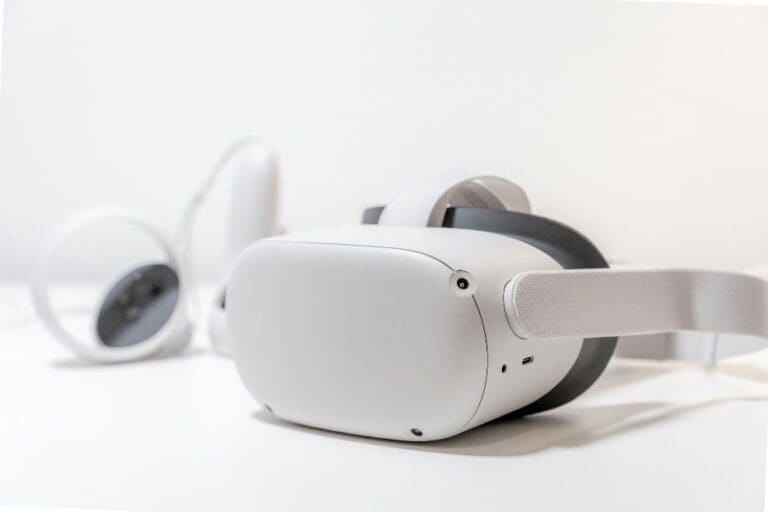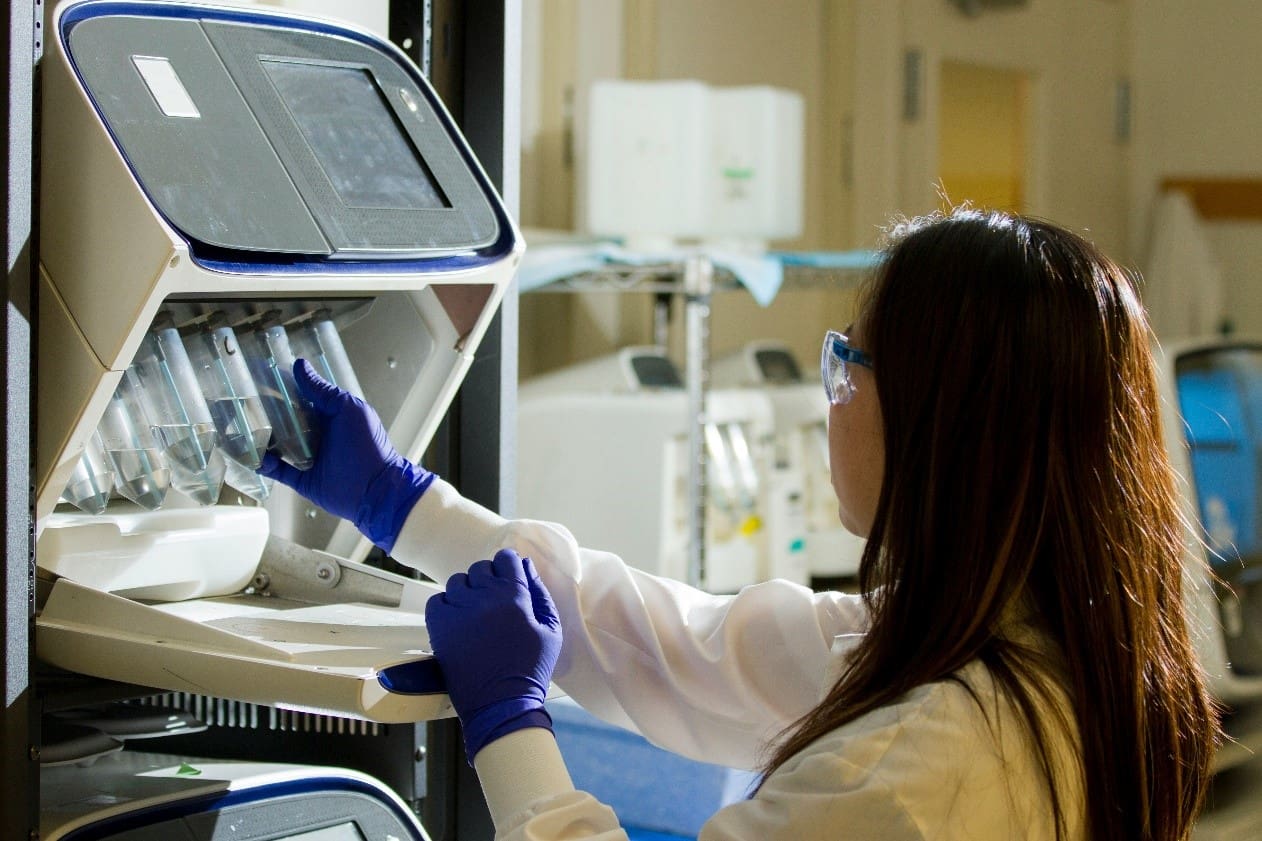Revolutionizing Healthcare with Virtual Reality
Recent technological advancements in the medical field have allowed the healthcare world to progress exponentially. These technologies help make healthcare more streamlined by creating possibilities for education, diagnoses, and treatments. One such advancement is virtual reality (VR), which has been an increasingly integral part of standardized clinical training, surgical procedures, and more.
VR simulates a real-world environment through a headset that produces images and sounds replicating real life, allowing users to interact with their surroundings and other objects as if they are physically in that world. There are also virtual avatars that can facilitate potential human interactions. This blog post will discuss ways in which VR is aiding the medical sphere and what it means for the future of healthcare delivery.

Training Students
One of the biggest aids VR has provided in healthcare is through the education and training of nursing and medical students. VR systems do not require faculty to operate, making them more flexible in their accessibility. Because of their accessibility, the integration of simulation-based education is emerging in everyday occurrences. It is imperative that students be properly prepared for real-world scenarios where they can put their problem-based learning and communication skills to use. Simulations are used as educational tools to replicate challenging situations that students will encounter in clinical settings. An example of this is dealing with a patient who has arrived in the emergency room and needs to be examined immediately.
Students can practice taking a patient’s history, investigating the areas of concern, making a diagnosis, and creating a treatment plan. The simulated setting can add other variables as well, include family members and other healthcare professionals. This will give students the opportunity to act in high-pressure situations. This also makes it easier for students to receive feedback about their performance and identify areas that need improvement. Since simulations can be repeated an indefinite number of times, practice is unrestricted. The use of VR in medical education helps prepare future nurses and doctors to be able to assist patients in any capacity, leading to enhanced patient engagement and improving therapeutic outcomes.
Surgical Procedures
Emerging software can simulate surgical procedures in VR. This software consists of combining angiograms, CT scans, and MRIs to create a 3D model that physicians and patients can observe and manipulate. For example, neurology instructors can utilize this technology to better guide a class of residents around a patient’s brain. Specific parts of the brain can be assessed for any abnormalities including skull bones for deformities, excess tissue indicative of a tumor, and arteries to identify an aneurysm. VR can also walk residents through how to remove a tumor or fix an aneurysm starting from outside the skull.
Surgeons can use VR to map out a surgery ahead of time by using images of the patient’s brain to practice. The supplementary practice eases the surgeon’s planning and boosts the accuracy of the surgery. This way, surgeons and other professionals can best assess how to carry out the procedure while being aware of specific areas of the body they should avoid. This high level of detail eases surgeons and patients alike, with patients being able to visualize and understand what they are undergoing. By providing real-time tracking and detailed visualizations to perform simulated surgeries and visualize patient anatomy, VR technology significantly enhances surgical procedures. This ultimately improves surgical precision, reduces risks, and contributes to better patient outcomes.
Medical Devices
VR has the potential to deliver at-home clinical services to patients who may not be able to readily access clinics and hospitals. Underserved communities, the elderly, and disabled individuals require healthcare services that may be difficult for them to acquire in person. This technology can make it easier for patients to complete treatments and monitor their regimen. Some treatment areas include mental health, neurological disorders, pediatric diagnostics, and pain management. For example, VR can be used to distract patients during normally painful procedures, such as the changing of bandages on severe burn victims. VR can also be used to help ease chronic pain.
Patients immersed in soothing environments perceive less pain, which minimizes their need for pain medication and lowers the risk of opioid addiction. For neurodegenerative disorders such as Alzheimer’s and Parkinson’s disease, cognitive tests utilizing VR enable clinicians to detect disease earlier, improving treatment options and patient outcomes. VR can also improve the quality of life of patients with neurodegenerative diseases by helping communicate their needs, feelings, and thoughts to their medical staff and family.

The Challenges
Despite the extensive benefits of VR, its implementation into the mainstream medical sphere is in its infancy. Some medical professionals are reluctant to trust this modern technology because it is so understudied. Older practitioners may not be familiar with this technology and are less likely to rely on it to perform specific tasks. Others may view VR as more of a game rather than a useful healthcare tool. Additionally, VR is not suitable or appropriate for every situation. For example, virtual characters are controlled by artificial intelligence (AI) which does not have the capacity to recreate human emotions. Educating future healthcare professionals on how to navigate emotional complexities will not be achievable as efficiently using this technology. Of course, VR will never replace an expert instructor, but learning to integrate its use into curriculums and real environments will be beneficial for the training of future healthcare providers.
Conclusion
While VR is in its early stages of use, there is no denying that it will become increasingly more common in the near future. Reception to VR has been relatively positive thus far and additional refinement will only improve the technology and enhance the efficiency in which we treat patients. With VR use on the rise, its implementation into healthcare will continue to increase, transcending the barriers and challenges we deal with today and becoming a staple of healthcare delivery and medical education.







